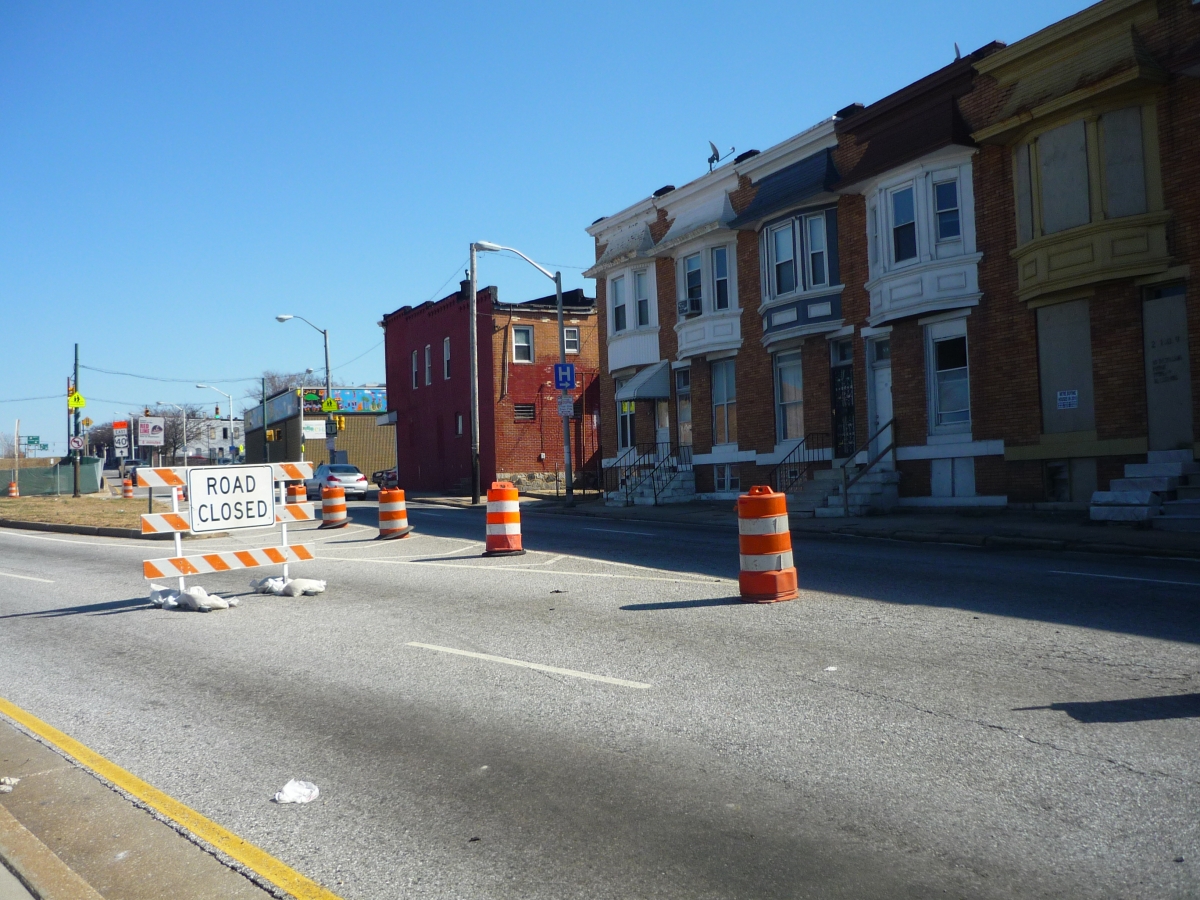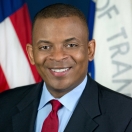
Ed. note: This is cross-posted on the U.S. Department of Transportation's blog. See the original post here.
Through transportation, we can help ensure that the rungs on the ladder of opportunity aren’t so far apart — and that the American dream is still within reach for those who are willing to work for it.
I have seen the truth of this first-hand in my own family and as mayor of Charlotte, and I've been seeing it for the past two years as Secretary of Transportation.
Now, we can't give everyone a new car, of course. But we can help communities build projects that create ladders of opportunity.
Which means we can support them as they design and build projects in a way that connects people to job centers and to education, that revitalizes economically distressed neighborhoods, and that creates pathways to good jobs.
To do this right, there are technical challenges for cities to work through. And that is where the U.S. Department of Transportation can help.
That was my message this morning in Indianapolis. And that is DOT's message in six other communities across America — in Atlanta, in Baltimore, in Baton Rouge, in Charlotte, in Phoenix, and in Richmond — where we're launching our new Ladders of Opportunity Transportation Empowerment Pilot.
We call it LadderSTEP, and it will provide technical assistance to these seven cities whose mayors are focused on making sure that improving local infrastructure also translates to the kind of economic growth that doesn’t leave anyone behind.
This program is actually based in part on my own experience as mayor of Charlotte. I know how difficult it can be to connect folks to opportunity — developing an inclusive vision, finding the funding, building public support and getting projects done that show how transportation can build community and empower people who desperately want to enter the middle class.
We can do that in Indianapolis as the city builds a Bus Rapid Transit corridor that connects Carmel to the north and Greenwood to the south through the downtown business district.
We can do that in Richmond’s Greater Fulton neighborhood working with HUD and national non-profits to ensure residents have access to affordable housing and better transit choices with the expansion of their Bus Rapid Transit service.
We can do that with the streetcar in Atlanta. And we can do that with light rail in South Phoenix.
I’m excited because we know what projects like these can mean for neighborhoods that are cut off from major employment centers or where there’s a need for new investment in businesses and housing. And we know what this could mean for someone who wants to apply for a job somewhere or get job training, except they don’t have a way to get there.
Through LadderSTEP, we’re going to bring together residents, real estate developers, philanthropic foundations, and land-use experts to come up with solutions. We’re going to find a way to help build things, like a streetcar in Baton Rouge. And build them in ways that benefit residents and the entire city.
The choices we make regarding transportation infrastructure at the Federal, State, and local levels have a profound impact on communities. Through LadderSTEP, this Administration will work to ensure that impact means opportunity for all.




